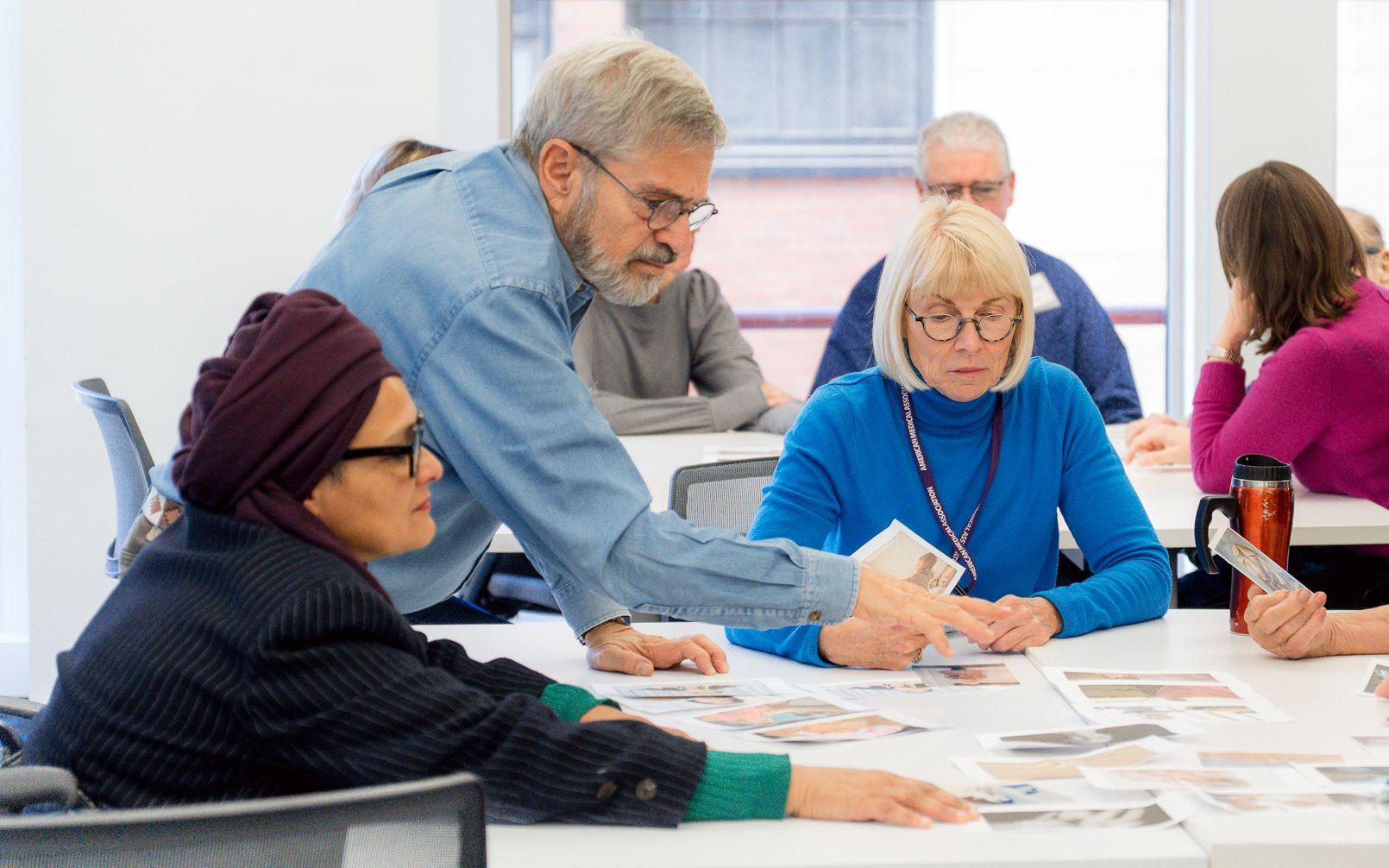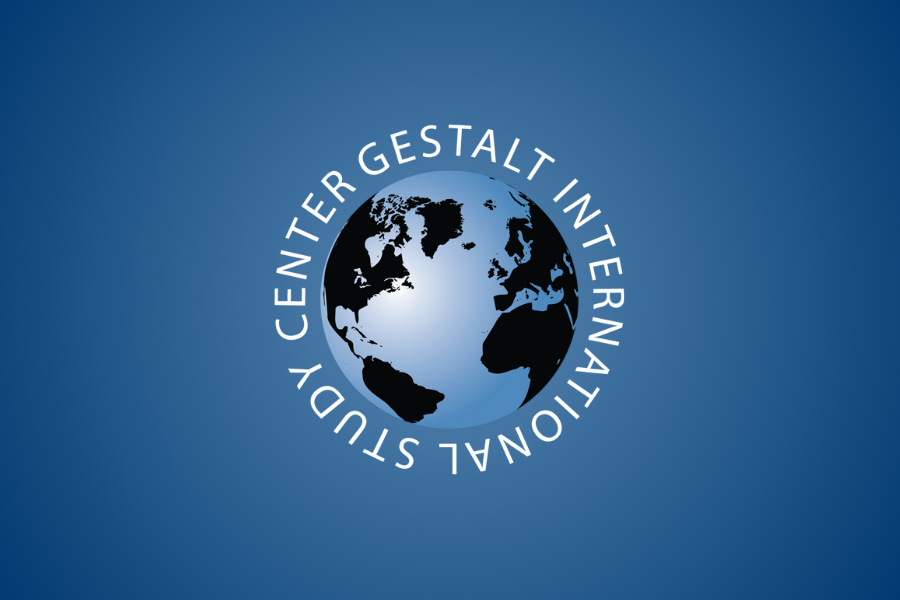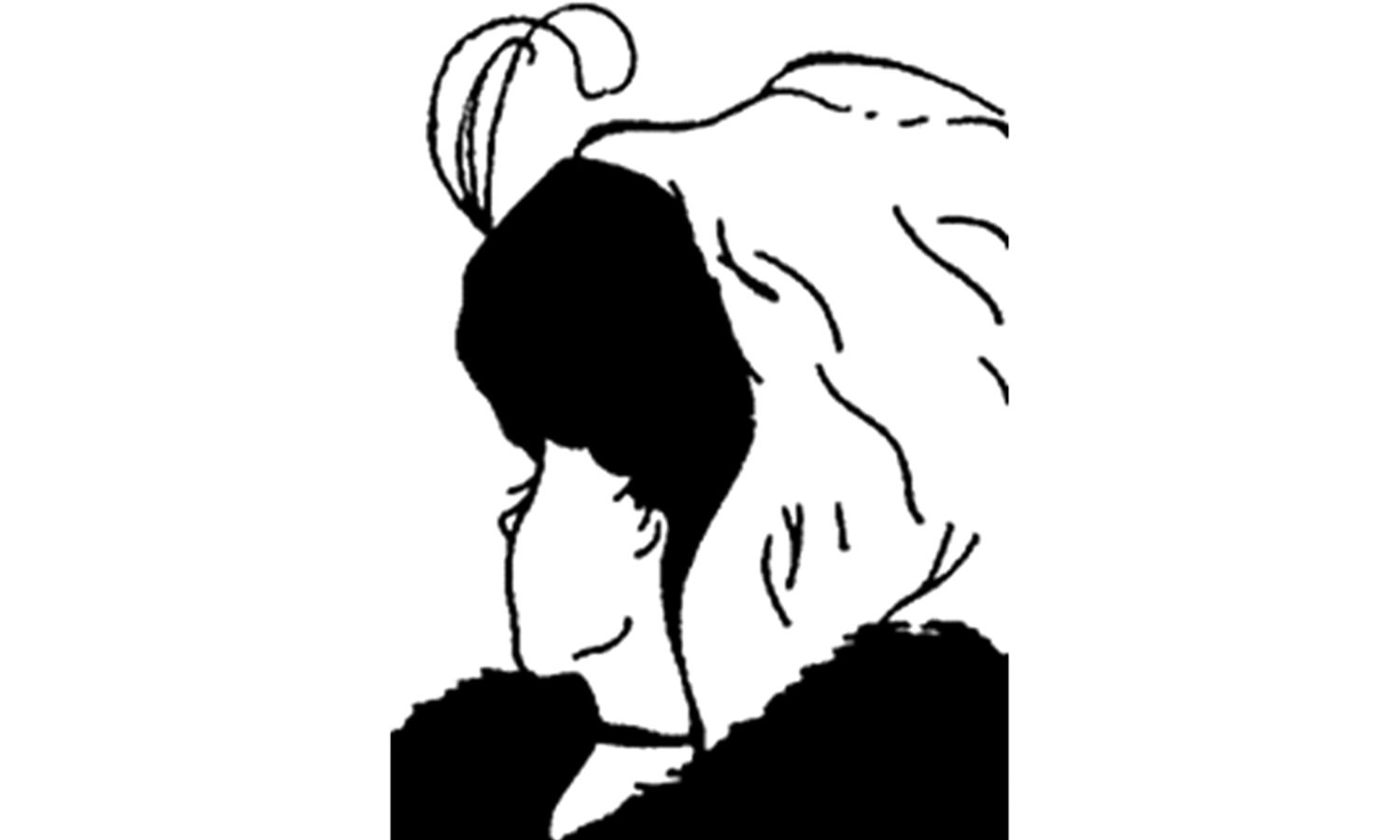Coaching Inclusively with a Focus on Race: What does it take?

When most coaches and clients think about coaching work, they see it as void of racism, sexism, sexual orientation, ableism, bias and intersectionality to name only a few experiences. They may also ignore the presence of these lifelong experiences in a coachee or themselves. As John Leary-Joyce the author of The Fertile Void: Gestalt Coaching at Work, states,
“Individuals exist through their relationship with others and with their environment. Everything affects, and is affected by, everything else in the coachee’s world. Body, mind, emotions and the environment - all have an impact on the individual.”
Many coaches understand that it is more impactful for the client to bring their total self to a session: this makes it easier to support them in reaching their desired state of self-awareness. How can we as coaches start to spark awareness in our clients unless we are aware ourselves? Let’s tackle two challenging conditions, intersectionality and racism, to expand our curiosity about our clients and ourselves. We'll explore how both intersectionality and race can and do show up in our practice as well as build tools and knowledge along the way that will help ourselves and our clients live full and self-aware lives. Being informed about how intersectionality and race impacts us all, is a great place to start.
The term intersectionality is new to many of us. This theory was first brought forward in 1989 by Kimberle Crenshaw in her paper, “Demarginalizing the Intersection of Race and Sex: A Black Feminist Critique of Antidiscrimination Doctrine, Feminist Theory and Antiracist Politics.” The Merriam-Webster Dictionary defines Intersectionality as, "the complex, cumulative manner in which the effects of different forms of discrimination combine, overlap, or intersect.” Intersectionality references the multidimensional ways discrimination impacts marginalized groups. To marginalize means, “to relegate (banish) to an unimportant or powerless position within a society or group.” I have heard the negative impact of intersectionality best described as a “boot on the neck”. This is the way I picture it: imagine there is a marginalized person on the ground and every possible source of discrimination brings on to them its own kind of boot of oppression. As a black female, I would feel the boot of racism and
the boot of sexism, to name a few, on my neck, making it very difficult for me to get off the ground or to breathe - but not impossible. There are some people who are able to escape the outcomes of intersectionality but that is the exception to the rule not the norm. If you are a woman of color, your experience with discrimination will be different than that of a white woman because there will be different boots on your neck.
Your awareness as a coach of these potential sources of discrimination and oppression is crucial. How would the effects of intersectionality – e.g. having a boot on my neck – change how I ask for help as a coachee and how would your knowledge of intersectionality as a coach support your ability to help me as the coachee realize my original goal? Recognizing that an individual’s total set of identities and how their intersectionality have played a role in their lives can assist us as coaches to clarify, highlight and move our clients towards self-awareness. A key problem we may face is that we have been socialized to believe that to question intersectionality, bias or racism can be impolite or even racist. These factors can play a role in your client’s request or goals, and yet we have very little experience recognizing or talking about how we all are influenced by their effects. It makes many of us uncomfortable, guilty, ashamed, or even angry to talk about these dynamics. But we need to be able to push through those feelings of discomfort, and make them discussable in our coaching work. This is where growth happens!
In Gail Greenstein, EdD’s article, “Power, Privilege and Oppression, An Effective Lens for Executive Coaching,” she recounts,
“Consider this real situation I encountered in executive coaching at a financial institution. An African American male executive was uncomfortable navigating office relationships and was feeling like an outsider at work events. He was assigned a white, Euro-American coach who was not aware of the experience of people of color in the corporate workplace. Her coaching strategy was to help the client construct a development plan to support him to attend more work events and feel comfortable in these social settings. The questions and challenges the coach offered misused power by dismissing the cultural context of the client as well her own. This development plan took the executive further down the same path of disappointment, as the coach gave no acknowledgement of the structural barriers that exist. She focused more on developing his strength and endurance and the racial issue remained hidden in their coaching process.”
This example is not unusual for many marginalized groups in their experiences with coaching. It’s a great example to highlight the impact of not recognizing the role that intersectionality plays and not calling out those uncomfortable facts even if, as a coach, it feels awkward to do so. The coach’s process was not a bad one and it is what many coaches would have done. But it was incomplete and unfortunately resulted in the coachee being directed only to his own efforts to becoming more resilient and working harder – without acknowledging the patterns of bias that would need to be addressed by other players in the system. Imagine how a conversation around intersectionality and racism with that executive may have helped him accomplish his goal and it may have given him a safe space to feel supported in the challenges he faced. It could have even brought about a greater realization for the coach around how she navigated in the world and increased her skill at having those uncomfortable conversations.
In this coaching scenario, I do not believe that the coach was racist in the context that most people use the word. However, there may have been several factors that prevented the coach from being curious about how racism was showing up in this employee's intersectional world. One of the factors that may have been involved for the coach is bias. For all of us, the way in which we have been socialized may shape our first responses when faced with varying scenarios. In his book Thinking Fast and Slow, Daniel Kahneman explores the “two systems” of our mind and how they serve us. “System 1 operates automatically and quickly, with little or no effort and no sense of voluntary control.” For example, if someone sneezes you may say “bless you” without thinking. It is the much-needed foundation that keeps us safe much of the time and allows us to make quick decisions. “System 2 allocates attention to the effort filled mental activities that demand it, including complex computations.” (21). While in system 2 we think a bit more deeply. If you wanted to buy a car you would think about many factors before doing so.
Much of our unconscious bias comes from system 1 processing. This is how we may react to deeply embedded social cues or out of protective measures. Becoming aware of what can shape our thinking is important work for us as coaches. Your reactions depend on many factors including how you grew up, how you were socialized, what you watched on tv, read in the newspaper or books, the kinds of people that you grew up with, live around currently, who you saw as the shopkeeper or beggar, the things that made people around you successful and the things that did not, who played sports, what names people had and the types experiences to which you were exposed. These among many more factors - big, little and in between - make up the parts that inform our decision-making process in Systems 1 and 2.
In our coaching work it’s important to be able to recognize the impact of being a member of a dominant or subordinate group in our culture. A dominant culture is defined in the Oxford dictionary as, “… one whose values, language, and ways of behaving are imposed on a subordinate culture or cultures through economic or political power. This may be achieved through legal or political suppression.” As a dominant group member you may tend to see your culture as correct and not consider how biased you may be by immersion in this culture. We cannot get away from being biased because that is the way we all are. What we can do is to recognize and call out our own biases, spotlighting those biases to move them from being unconscious to conscious. From this kind of increased awareness, we can make a decision of action or inaction.
Bias can lead to all types of discrimination. Racism is deeply rooted and one of the most ingrained forms of discrimination, it can play a major role in all aspects of society and its view and treatment of your coachee. The Racial Equity Institute defines racism as, “Social and institutional power combined with race prejudice. It is a system of advantage for those considered white, and of oppression for those who are not considered white.” In many circles conversations about racism go like this: “Why talk about racism? I am not racist. Things have gotten so much better now.” The fact is that race and racism is in every aspect of our lives, it either has impacted you in a positive way if you are white or a negative way if you are a person of color. Here are a number of ways race may have impacted your coachee of color:
- Health disparities: “It is no surprise that black people are disproportionately affected by COVID-19, given historical and current experiences in this country, rooted in oppression and structural racism,” said Ayana Jordan, M.D., Ph.D., APA Early Career Psychiatrist at Large
- Education: “Black girls represent 20 percent of female preschool enrollment, but 54 percent of female preschool children receiving one or more out-of-school suspensions.” Washingtonpost.com
- Criminal Justice: “One in three young African American men are now under jurisdiction controlled by the criminal justice system (jail, prison, parole, probation).” The New Jim Crow, (2011) by Michelle Alexander.
- Employment: “Although a credential from an elite university results in more employer responses for all candidates, black candidates from elite universities only do as well as white candidates from less selective universities.” http://ns.umich.edu/Releases/2015/Mar15/Discrimination-College-Selectivity2015.pdf
- Income: “Hispanic women's median weekly earnings in 2018 were $617 per week of full-time work, only 61.6 percent of White men’s median weekly earnings, but 85.7 percent of the median weekly earnings of Hispanic men (because Hispanic men also have low earnings). The median weekly earnings of Black women were $654, only 65.3 percent of White men’s earnings, but 89.0 percent of Black men’s median weekly earnings.” “The Gender Wage Gap: 2018”
- Wealth and Homeownership: Between 2005 and 2009 black household median net worth fell 53% from $12, 124 to $5, 677 while white household median net worth fell 16% from $134, 992 to $113, 149. The Racial Equity Institute
The information above is a list of some the dismal ways in which minorities are affected daily, by racism in every aspect of their lives.
Most people of color have learned to adjust and navigate though these challenges with dignity and may not want to bring up racism or take on the burden for educating white people. Your duty as a coach is to not ignore what you observe happening and to create a safe space for that reality to be explored. Author Ijeoma Oluo wrote:
“As a black woman, race has always been a prominent part of my life. I have never been able to escape the fact that I am a black woman in a white supremacist country. My blackness is woven into how I dress each morning, what bars I feel comfortable going to, what music I enjoy, what neighborhoods I hang out in. The realities of race have not always been welcome in my life, but they have always been there.”
This statement is not the way all black people see the world, parts of it may or may not be true depending on individuals’ experiences and perspectives. This, however, is more likely than not the reality for many black people who view themselves as not being a part of dominant culture and understand that for many of them success requires their assimilation into dominant culture.
As a coach it is important to have an understanding of the dynamics of dominant and subordinate identities and their impact on coaching work. As an illustration of this, we can incorporate race-related questions to build on John Leary- Joyce’s “5 Gestalt Coaching guiding principles” (from his book The Fertile Void: Gestalt Coaching at Work, 2014) in the following ways:
- “It is about awareness” - Are you aware of how racism could be impacting your coachee or yourself?
- “It is concerned with the way we do, say, experience and think about things” - How is racism preventing or causing you to, say, experience or think about your coachee, their experience or yourself?
- “It is concerned with what is, in the here and now - not what may be, should be, might be or has been.” - Are you addressing with what is present for your coachee if recognized racism or intersectionality is also present?
- “It is relationship centered, contextual and inclusive” - Is the relationship only comfortable, contextual or inclusive for you as a coach? How is it being experienced by the coachee?
- “It is based on the principle that change is constant and only happens in the present.” - Are you able to stay in the present with awareness of racism?
The concepts of figure and ground are another tool that can be utilized in the coaching session to recognize, understand and identify intersectionality and racism. If we took a picture of moments in time depending on the day, the instant or the energy in our lives there would be a ground, which is the backdrop in the picture. At the same time depending on the day, moment or energy, a figure, which can be looked at as a focal point, may appear in that ground. Gestalt coaches are trained to recognize the possibility of the ground and figure as they come up in their coaching sessions and draw the coachee’s attention to what we noticed, once the coachee is willing to hear our observations. Without an understanding of the ground of intersectionality and racism as an automatic piece in the background, ever present and woven into all areas of everyone's life, even when not clearly defined, your lack of recognition can do harm to your coachee. Do not ignore when that emerges in the figure as well. As the figures and grounds ebb and flow in a coaching session, continue to understand that there is an interwoven pattern that is ever present, especially when coaching a member of a marginalized group even if this leads to uncomfortable discussions.
Intersectionality and racism do not only affect minorities, they affect all of us. And we as coaches are now positioned to better assist all of our clients and make the world a better place simply by educating ourselves and being curious about the human condition. Here are few questions to explore for yourself as you engage your coachees:
- How is racism affecting my curiosity?
- How is my fear of being labeled racist or liberal preventing me from asking questions?
- How is my world view and bias preventing me from seeking clarification?
- How can intersectionality be playing a role in my client’s goals?
- How can my action or inaction continue to include or exclude my client from the world they live in?
- How am I pushing through the discomfort of asking those questions that relate to intersectionality and racism’s impact?
Remember, these are all different and difficult kinds of issues for many to explore. And the coach may feel intimidated, underprepared, unworthy, and uneducated even to ask any of these questions. You may be worried that you may not be able to help your coachee or that you may ask the wrong thing. This is all very normal and natural. But I would encourage you to try anyhow, and remember it is not about you and your comfort level, it is about supporting your coachee and their desired goals. Educate yourself and be ready to ask yourself this question, “How is what I am doing helping or hindering my coachee in reaching their desired outcomes?”










